Recapping the Franklin 160th
Emerging Civil War is pleased to welcome back Joe Ricci, historian for The Battle of Franklin Trust.
On November 29 and 30, 2024, The Battle of Franklin Trust hosted commemorative events to mark the 160th Anniversary of the Battles of Spring Hill and Franklin. As in each year past, the anniversary presents staff and guests alike with an opportunity to reflect on those waning days of the American Civil War.
It was, after all, at Franklin where Confederate Gen. John Bell Hood’s Army of Tennessee was shattered by the forces of the IV Corps of the Army of the Cumberland and the XXIII Corps of the Army of the Ohio under U.S. Army Gen. John M. Schofield. The devastation wrought on November 30, 1864, irrevocably changed the lives the soldiers who fought in the battle and the citizens of Franklin who were devastated by the horrific scenes of carnage left behind. It is their story that is then so important to remember and one so instructive for a generation of Americans that they would hardly recognize.
It is often easy to center all focus toward the single day of November 30. In fact, some have so trained their attention to the day that they have narrowed all their attention to the hour: 4:00 p.m. In truth, November 30, was for so many the end of a long and bitter war in the midst of their young lives.
I have occasionally been struck by the story of the 183rd Ohio’s Lt. Col. Mervin Clark, who, at 22, was shot down on the breastworks. What could he have gone on to accomplish? What could he have done with his life? What of the 31st Tennessee’s Col. F. S. S. Stafford? Or Lt. James Coughlin of Brig. Gen. Jacob Cox’s staff? For these men, the sunset of Franklin had a finality to it. They would never see another sunrise. This was the end.
For others, it was just the beginning. I have spoken and written at length about the prominent figures of the battle and their respective post-war careers. But what about the 44th Missouri’s Col. Robert Bradshaw, who, though wounded severely and left for dead on the battlefield, recovered and lived until 1927? How was it that Moscow Carter, a father who sought refuge in the cellar of his father’s home explained what occurred to his children? What did a three-year-old enslaved boy named Oscar Carter experience as the sun dipped low at Franklin on November 30, 1864? How did nine-year-old Hattie McGavock face the hordes of wounded men pouring into her home? The only place to contemplate these questions is in the places and spaces where, 160 years ago, the fate of the Tennessee Campaign of 1864, and indeed, the nation, hung in the balance.
Our commemorative events began on November 7 with a program by the ECW’s very own Dr. Brian Matthew Jordan and continued with a fascinating discussion of Civil War medicine, and finally the Occupation of Franklin. We also hosted a five-hour battlefield tour from Spring Hill to Franklin, which I led personally. On November 29, we opened Rippa Villa, home to the Cheairs family in Spring Hill, after-hours for immersive, in-depth tours that focused on what the night of the battle of Spring Hill was like for those who witnessed it. More than 130 guests spent their Friday evening with us.
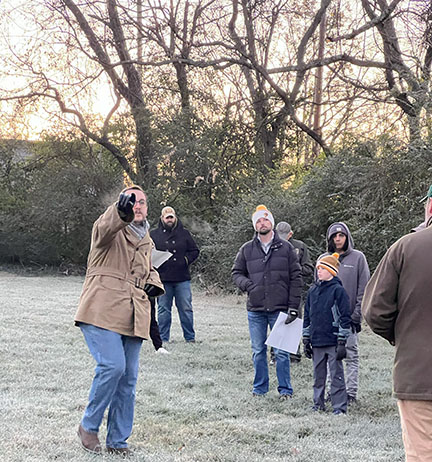 The next morning dawned cold and damp. Thirty-one others and I began our morning long before sunrise with a 5:00 a.m. Franklin Battlefield Tour. The “die-hards” braved temperatures in the teens to walk in the footsteps of the soldiers who fought at Franklin. After a cup of coffee and a delicious breakfast, thanks to my dear friend Scott Bumpus, I was on my way to Carnton where preparations for the illumination were well underway. Forty volunteers and staff worked feverishly to assemble luminary bags, which were then scattered across the battlefield on parcels of land owned by The Battle of Franklin Trust and the City of Franklin. This massive undertaking could not have been possible without the hard work of all those who spent their day with us.
The next morning dawned cold and damp. Thirty-one others and I began our morning long before sunrise with a 5:00 a.m. Franklin Battlefield Tour. The “die-hards” braved temperatures in the teens to walk in the footsteps of the soldiers who fought at Franklin. After a cup of coffee and a delicious breakfast, thanks to my dear friend Scott Bumpus, I was on my way to Carnton where preparations for the illumination were well underway. Forty volunteers and staff worked feverishly to assemble luminary bags, which were then scattered across the battlefield on parcels of land owned by The Battle of Franklin Trust and the City of Franklin. This massive undertaking could not have been possible without the hard work of all those who spent their day with us.
Just before 5:00 p.m., The Battle of Franklin Trust CEO Eric Jacobson, Franklin Mayor Ken Moore, and myself spoke to a crowd of more than 100 people at Carnton before the evening programs began.
As he so often does, Eric brought the crowd into the moment and to a place of great contemplation:
The Battle of Franklin is unique. Heroism, bloodshed, destruction, cowardice, and fear were all compressed together in a way that no other Civil War battle exhibited. Much of the fighting was like ancient warfare—close quarters and shockingly violent. Some of it was so awful that most men never even attempted to describe it. Those who did write or talk about the battle often struggled with the words. On a multitude of levels, what erupted at Franklin Tennessee, that November afternoon, violated almost every sense of what people understand is basic humanity, or inherent decency.
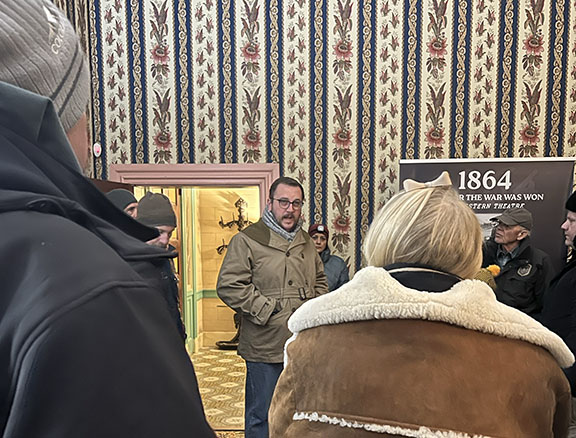 In only a matter of minutes, tour groups began cycling through both historic homes at Carnton and Carter House.
In only a matter of minutes, tour groups began cycling through both historic homes at Carnton and Carter House.
Somewhere in the organized chaos of it all, I managed to slip away and walk into the field west of Carnton where thousands of luminaries glowed in the pitch-black dark of night. I drove over the battlefield to Carter House where the illumination lit up every approach to the Carter Farm. In the distance, the white, wood-frame Farm Office glowed as light poured out of the bullet damaged boards that still show the scars of battle.
That night, for just a moment, I had an opportunity to be one with those who fought and died, and those who survived, the battle of Franklin. Their voices, though silenced by time, filled the air. This time, there was no shouting, no wailing, no anger. There was only the deafening silence of their long sought after peace.
Over November 29–30, we welcomed more than 1,400 visitors to the three sites. No matter where you looked, guests young and old were taking it all in.
It was truly a remarkable evening.
For the last three years, I have had the incredible opportunity to be a part of The Battle of Franklin Trust’s staff. Over the last two years, my colleague Bailey Kuyat and I have painstakingly coordinated the commemorative events on the Franklin Battlefield. Personally, this year held an extra special importance to me. In October, after many weeks and sleepless nights of consideration, my wife and I decided that we were leaving Tennessee, and thus my time with The Battle of Franklin Trust was coming to an end. This was one of the hardest decisions I have ever made, and I cannot thank those of you who have supported me along this incredible journey enough.
I do not yet know what the future holds and what lies ahead for me. One thing is certain: I’ll never forget these last few years. When that final day comes at the end of December and I turn my key to lock the Carter House one last time, I will close a chapter of my life—one that I will cherish for the rest of my days, and this anniversary will always be close to my heart.
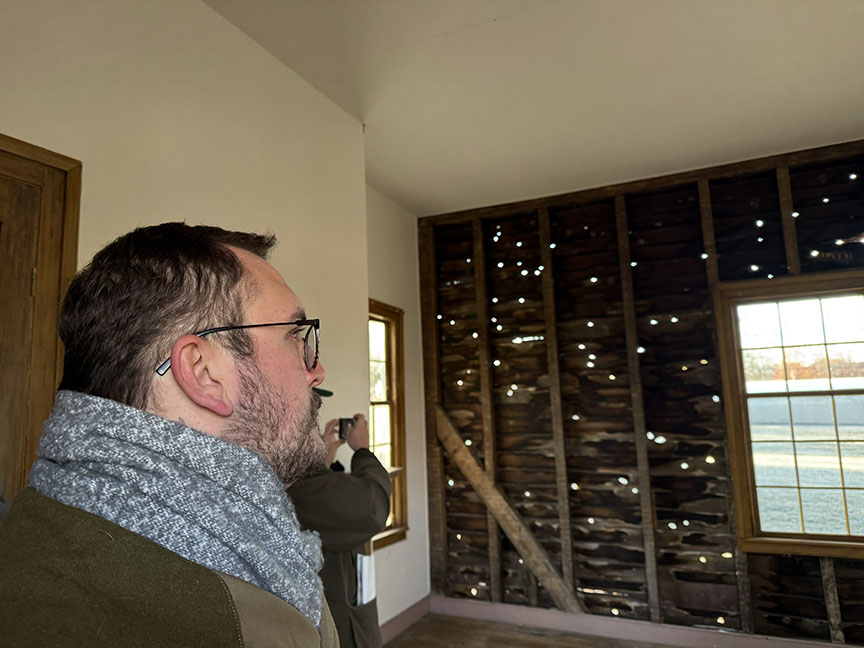
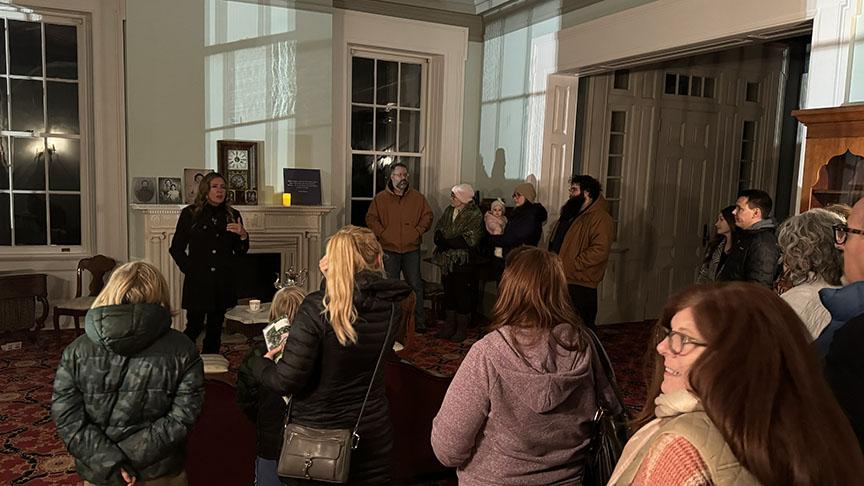
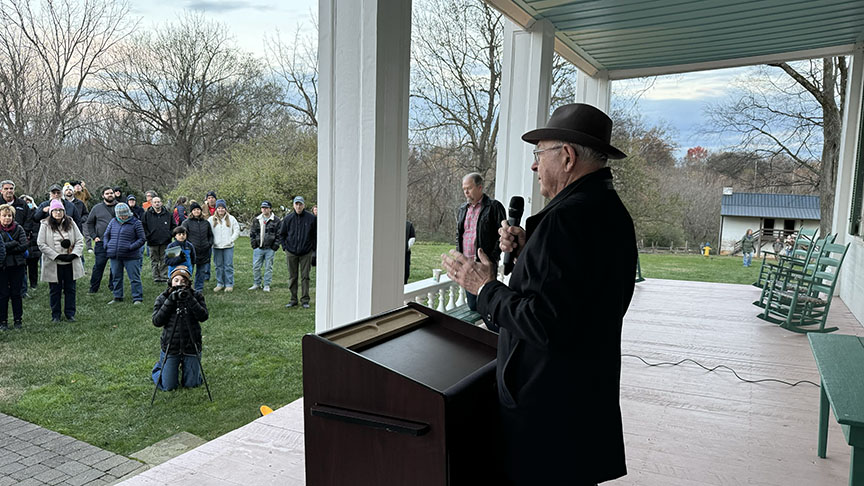

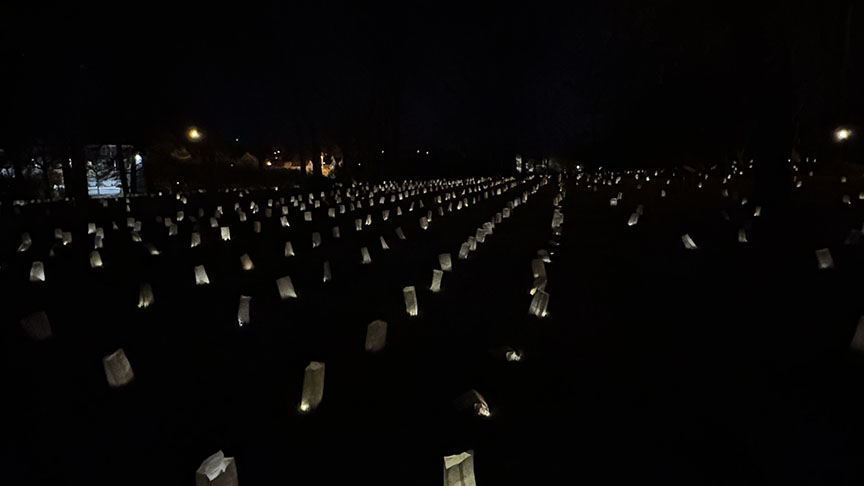
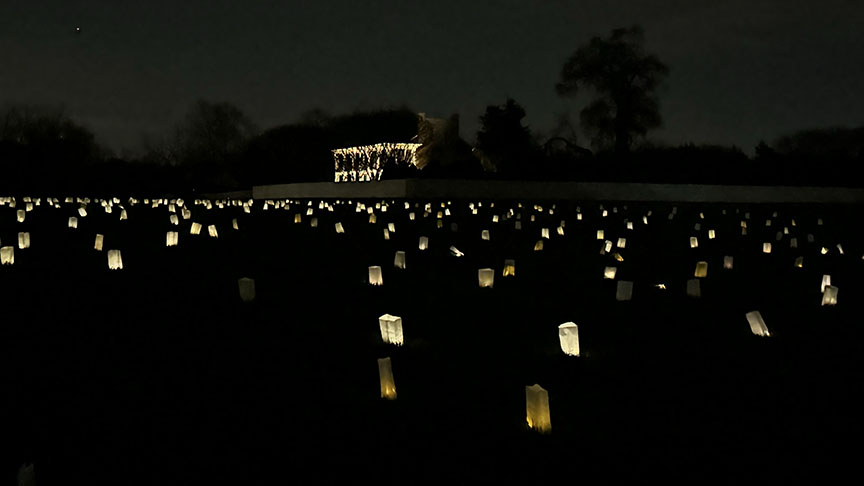
Thanks for sharing your adventures with us, Joe!
I have enjoyed the 160 anniversary You Tube series. Thanks Joe for your contributions. I remember taking my wife toCarter Plantation tours; perhaps you were the docent. Good travels in the future.
Your friendship is amongst the most valued in my life. Thank you Joseph, for all you’ve done for the memory of the events of Spring Hill and Franklin but also for the men, women, and children who participated. Best of luck to you and I look forward to many more years of friendship, kinship, and keeping the stories alive.
I’ve enjoyed Joseph and his expertise/work in Middle Tennessee. Also, his family’s work in New Orleans is legendary. I am proud to say I helped him find his first apartment in Franklin! Godspeed!